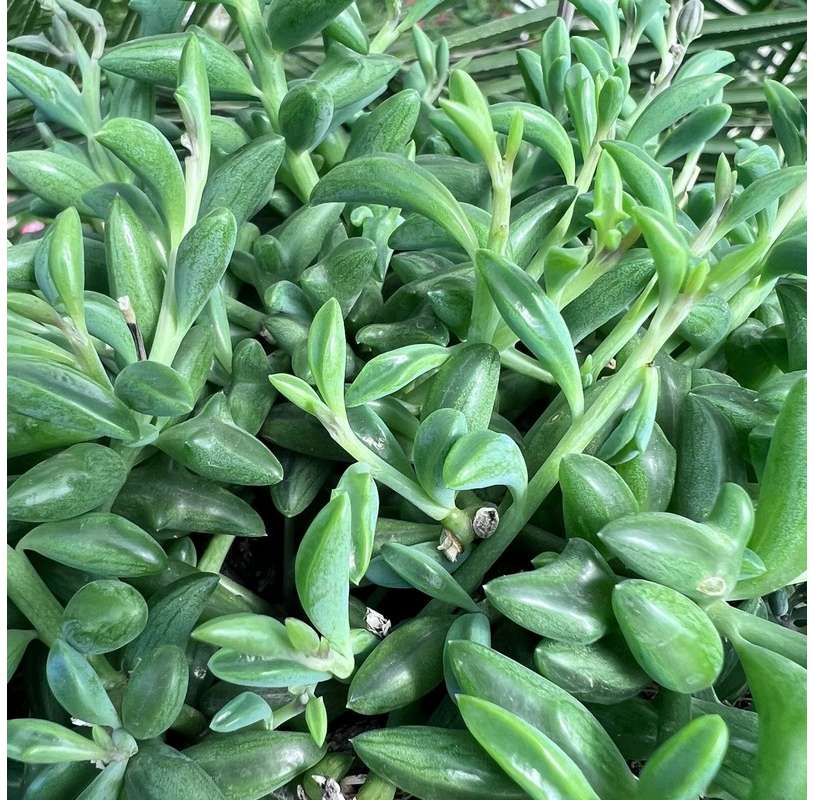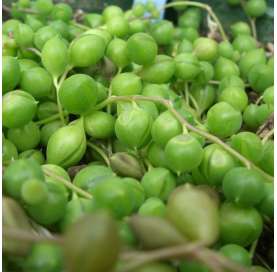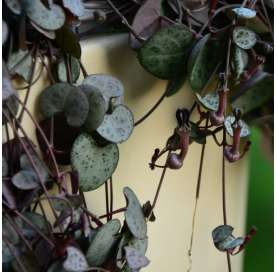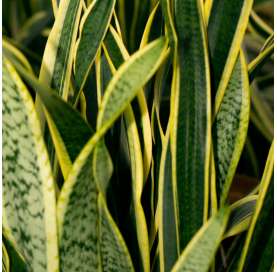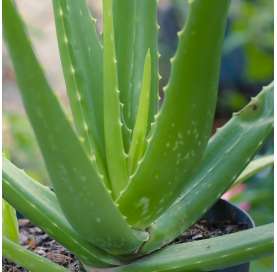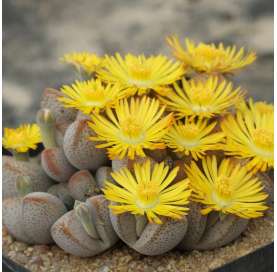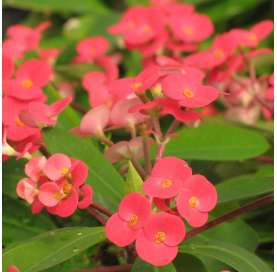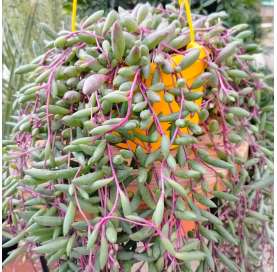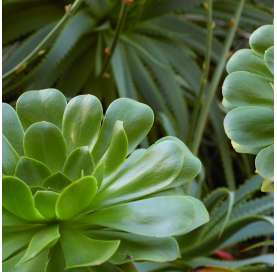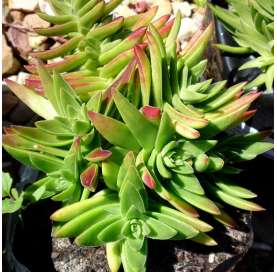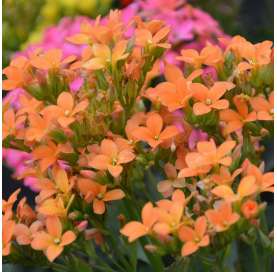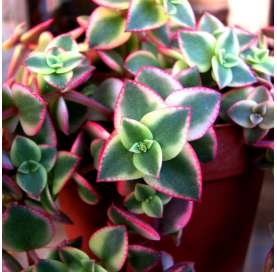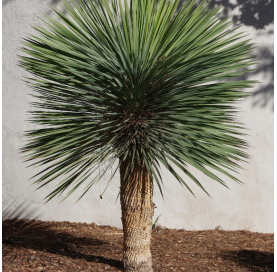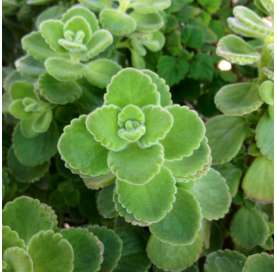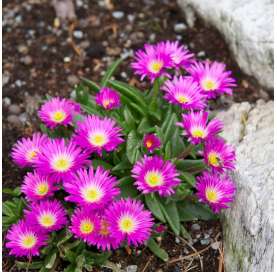Senecio peregrinus
The senecio peregrinus also known as the senecio delphinus or dolphin plant.
It is a hanging succulent.

Encrypted payments for greater security

We ship to Spain and Portugal in 48/72 hours.

Shipping only to mainland Spain and mainland Portugal
Origin and Description:
The Senecio Peregrinus, also known as dolphin senecio due to the shape of its leaves, is a succulent plant native to South Africa. Its leaves, which are its main distinctive feature, have a shape similar to that of a dolphin leaping out of the water, giving it a unique and striking appearance. This plant is fast-growing and commonly cultivated as an indoor plant due to its ease of care and attractive decorative aspect.
History:
The Senecio Peregrinus has been cultivated as an ornamental plant for decades due to its beauty and peculiarity. Its name "Peregrinus" means "traveler" in Latin, referring to the shape of its leaves resembling a dolphin gliding through the water. Over the years, it has gained popularity among succulent enthusiasts and has become a common choice for indoor decoration.
Care:
This plant is known to be easy to care for and resilient, making it an excellent choice for gardening beginners. It prefers a location with bright but indirect light and well-draining soil to prevent root rot. It adapts well to a wide range of environmental conditions and is drought-resistant, although overwatering should be avoided as it can lead to root rot.
Watering:
The Senecio Peregrinus is drought-resistant and does not require frequent watering. It is recommended to wait until the soil is completely dry before watering again, which may mean watering the plant approximately every two weeks during the summer and reducing frequency during the winter. Overwatering can be detrimental to this plant as it can lead to root rot.
Pruning:
Pruning Senecio Peregrinus is not necessary for healthy growth, but it can be done to maintain its desired shape and size. Withered or damaged leaves can be trimmed using clean, sharp scissors. Additionally, if a more compact growth is desired, the tips of the stems can be pinched to encourage branching.
Fun Fact:
An interesting curiosity about Senecio Peregrinus is that when its leaves begin to wrinkle, it may be a sign of water deficiency. Although this plant is drought-resistant, it still needs an adequate water supply to remain healthy and vigorous. Observing the condition of the leaves can help caregivers determine when it is the right time to water the plant.
Data sheet
- Name
- Senecio peregrinus
- Origen
- It is native to South Africa.
- Height
- It typically grows to around 20 to 30 centimeters in height.
- Colour
- The leaves are dark green with white edges and have a succulent texture.
- Flowering
- It produces small white or pinkish-white star-shaped flowers occasionally, but flowering is not its most prominent feature
- Location
- It prefers bright indirect light. It can grow both indoors and outdoors in warm climates.
- Irrigation
- It should be watered moderately, allowing the soil to dry out between waterings to prevent overwatering.
- Applications
- It is primarily grown as an ornamental plant due to the beauty of its leaves. It can also be used in low-maintenance garden compositions.
- Sales format
- Pot
- Note
- As it is a live plant and depending on the season, the plant may be received, in some cases, not exactly the same as in the photograph, but as close as possible. This does not affect the quality of the plant.
You might also like
-
Senecio rowleyanus.€6.90
12 other products in the same category:
-
Sansevieria.€5.90
-
-
-
-
Senecio Herraianus€6.90
-
Aeonium arboreum.€12.50
-
-
Kalanchoe blossfeldiana.€2.90
-
-
Yucca Rostrata, Amole.€62.00
-
-
Delosperma Cooperi.€1.90

 English
English Spanish
Spanish